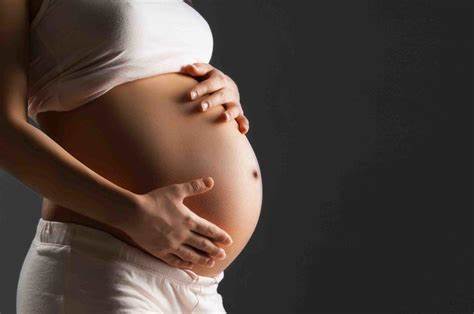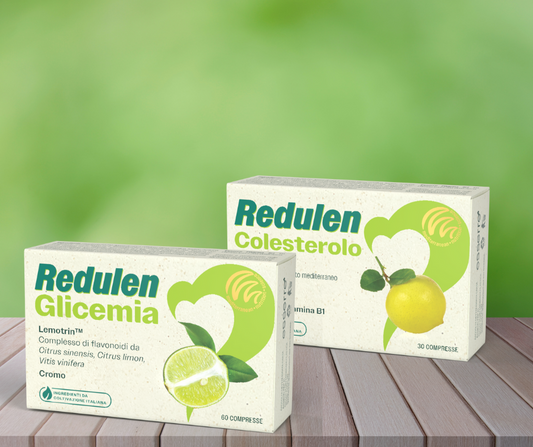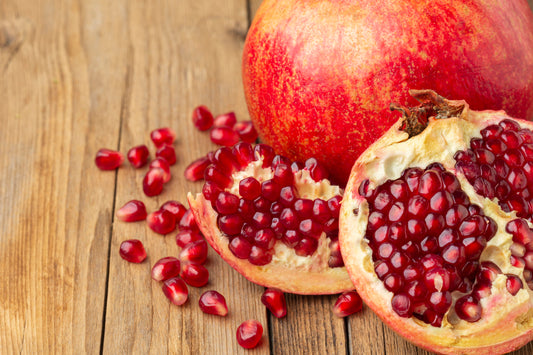Pregnancy is a transformative journey characterized by complex biological processes, significant physiological changes, and lifestyle adjustments.
Understanding these aspects can help future parents face this period with confidence and serenity.
Stages of pregnancy
Plant
Implantation is the first step in pregnancy , which occurs about 6-10 days after fertilization. The fertilized egg, now a blastocyst, travels down the fallopian tube and attaches to the uterine wall. This process triggers the release of human chorionic gonadotropin (hCG), a hormone crucial to maintaining the pregnancy. A successful “implantation” is essential for the unborn fetus to receive nutrients and oxygen from the mother for proper development and growth.
Embryonic development
Embryonic development extends from the third to the eighth week of pregnancy. During this time, the fertilized egg undergoes rapid cell division and differentiation, forming the embryo. Key structures and organs begin to develop, including the neural crest. The heart begins to beat, and the first structures that will become the eyes, ears, and upper and lower limbs begin to form. This stage is very critical.
Formation of the placenta
The placenta is an embryonic annex that provides oxygen and nutrients to the growing fetus and eliminates waste products. It begins to develop soon after implantation and is fully functional by the end of the first trimester. The placenta also produces hormones that support pregnancy, such as progesterone and estrogen. Proper functioning of the placenta is crucial to fetal health and development.
Fetal growth and development
Fetal growth and development occurs from the ninth week of pregnancy until birth. This period is characterized by rapid growth and maturation of organs and systems. By the end of the first trimester, the fetus has developed most of the major organs. The second trimester is characterized by significant growth in size and weight, the fetus also begins to move and respond to external stimuli. In the third trimester, the focus is on the maturation of the lungs and other organs to prepare for life outside the womb.
Maternal physiological changes
Pregnancy induces various physiological changes in the mother's body to support the development of the fetus and prepare for childbirth. These changes include increased blood volume and cardiac output, changes in respiratory function, and changes in the musculoskeletal system to accommodate the growing uterus. Hormonal fluctuations can also lead to symptoms such as nausea, fatigue, and mood swings.
Labor and delivery
Labor and delivery mark the end of pregnancy. Labor is typically divided into three stages: the first stage includes the onset of contractions and cervical dilation, the second stage is the delivery of the baby, and the third stage involves the expulsion of the placenta. The labor and delivery experience is unique to each woman, and factors such as the position of the baby and the health of the mother can influence it.
Lifestyle and prenatal visits
Exposure to environmental factors such as alcohol, smoking, environmental toxicants, drug intake or deficiencies of certain nutrients (e.g. folates) is recognized for its role in causing numerous abnormalities in the development of the embryo and fetus through epigenetic mechanisms. It is essential to adopt healthy behaviors and habits that are well-rooted in the personality, such as following a balanced, varied diet and healthy ; drink adequately; do moderate physical exercise on a regular basis; ensure adequate rest and learn to manage stress. These protective “lifestyles” must become an integral part of daily behavior.
To undergo prenatal visits regularly (ultrasound, blood tests, etc.) is essential to monitor the health of the mother and baby, also ensuring that any problems are addressed promptly.



